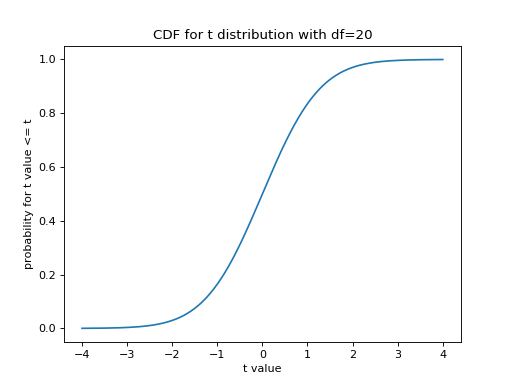

Firstly we must calculate the frequency of all the words occurring just after the input in the text file(n-grams, here it is 1-gram, because we always find the next 1 word in the whole data file).

Solution – We can approach this problem using the concepts of probability. If you want to test data on real world text data, you can find the data here. Note – For illustrating the example, I have assigned the variable corpus to some text. Output : is split, all the maximum amount of objects, it Output : is it simply makes sure that there are never Problem Statement – Given any input word and text file, predict the next n words that can occur after the input word in the text file. Have some basic understanding about – CDF and N – grams Taking multiple inputs from user in Python.Python | Program to convert String to a List.isupper(), islower(), lower(), upper() in Python and their applications.Different ways to create Pandas Dataframe.Print lists in Python (4 Different Ways).Reading and Writing to text files in Python.Python program to convert a list to string.
Cdf graph how to#
Cdf graph pdf#
Using our table for the PDF of X, we can easily construct the corresponding CDF table: To find the CDF of X in general, we need to give a table, graph or formula for Pr( X ≤ 6) for any given k. Using our identity for probabilities of disjoint events, we calculate The probability that the sum is less than or equal to 6 can be written as Pr( X ≤ 6), which is equal to F(6), the value of the cumulative distribution function at x = 6. The probability density function of X is displayed in the following graph.Īlternatively, if we let p k = Pr( X = k), the probability that the random sum X is equal to k, then the PDF can be given by a single formula: Some of these are listed in the table below. The other possible values of the random variable X and their corresponding probabilities can be calculated in a similar fashion. There are 36 distinguishable rolls of the dice, so the probability that the sum is equal to 2 is 1/36. There is only one way that this can happen: both dice must roll a 1. To construct the probability distribution for X, first consider the probability that the sum of the dice equals 2. Clearly, X can also assume any value in between these two extremes thus we conclude that the possible values for X are 2,3.,12. The smallest this sum can be is 1 + 1 = 2, and the largest is 6 + 6 = 12. the number of different values for the random variable X. However, we are interested in determining the number of possible outcomes for the sum of the values on the two dice, i.e. So we can distinguish between a roll that produces a 4 on the yellow die and a 5 on the red die with a roll that produces a 5 on the yellow die and a 4 on the red die. Notice that all 36 outcomes are distinguishable since the two dice are different colours. the value on one of the dice does not affect the value on the other die), so we see that = there are 6 ✕ 6 = 36 different outcomes for a single roll of the two dice. The two dice are rolled independently (i.e. There are 6 possible value each die can take. Recall that a function f( x) is said to be nondecreasing if f( x 1) ≤ f( x 2) whenever x 1 < x 2. The following properties are immediate consequences of our definition of a random variable and the probability associated to an event. Notice also that the CDF of a discrete random variable will remain constant on any interval of the form. Note that in the formula for CDFs of discrete random variables, we always have, where N is the number of possible outcomes of X. In other words, the cumulative distribution function for a random variable at x gives the probability that the random variable X is less than or equal to that number x. Where x n is the largest possible value of X that is less than or equal to x. Using our identity for the probability of disjoint events, if X is a discrete random variable, we can write The cumulative distribution function (CDF) of a random variable X is denoted by F( x), and is defined as F( x) = Pr( X ≤ x). Given a probability density function, we define the cumulative distribution function (CDF) as follows.Ĭumulative Distribution Function of a Discrete Random Variable


 0 kommentar(er)
0 kommentar(er)
